hotline:020-29026320 |13903018415
-
-
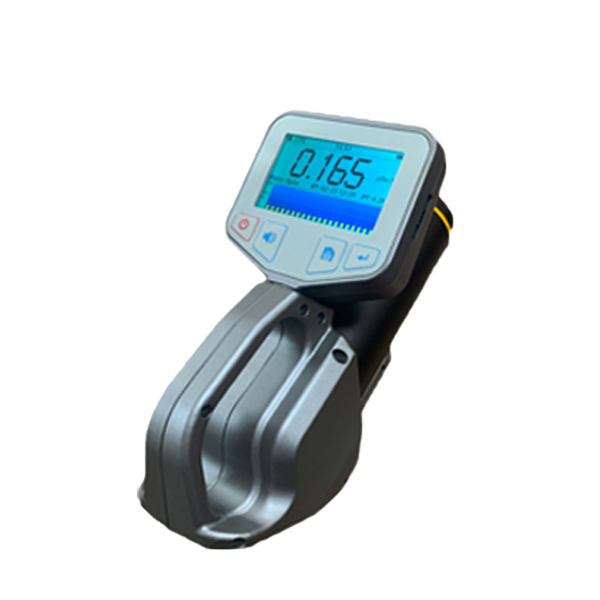
Radiation detection instrumentation
-
HYGP-2223 exposure type X, γ radiation measuring instrument
-
HYGP-2223BX, gamma dose rate meter (with tripod)
-
FI-329M intelligent household nuclear radiation detector
-
HY-2000M digital multi-channel gamma spectrometer
显示更多 -
-
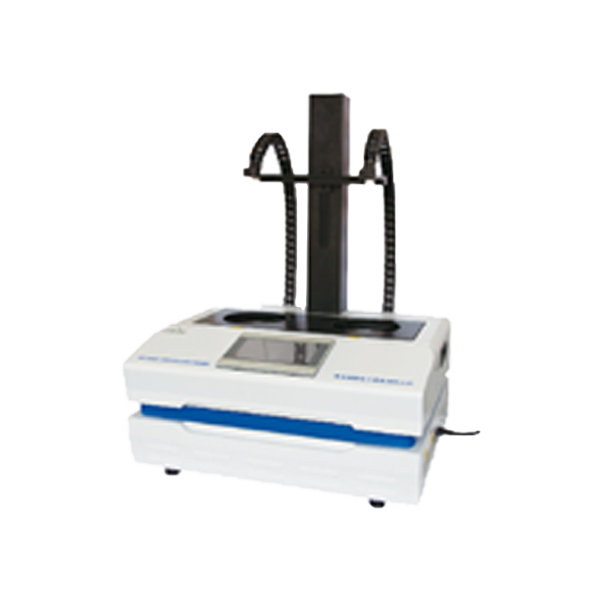
Laboratory Equipment
-
Radioactive distillation apparatus in water
-
2200Q portable turbidity meter
-
SPE Solid Phase Extraction Device
-
Portable spectrophotometer
显示更多 -
-
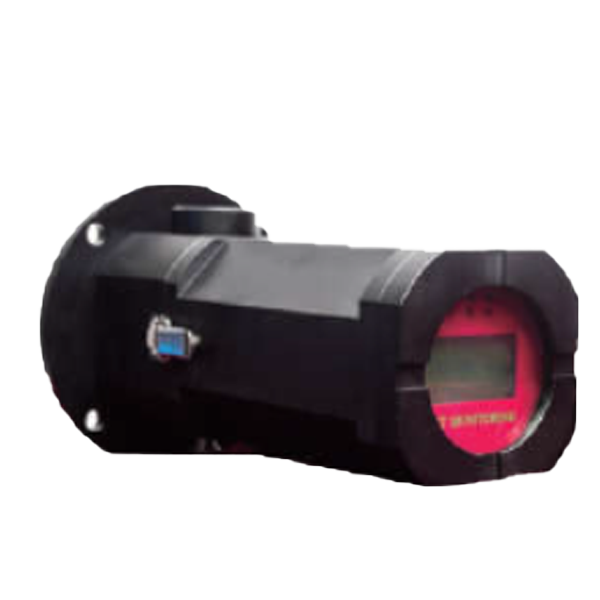
Portable environmental monitoring equipment
-
VOCs gas analyzer
-
Portable handheld VOC detector
-
Portable all-in-one multi-parameter analyzer
-
Dust detector
显示更多 -
-
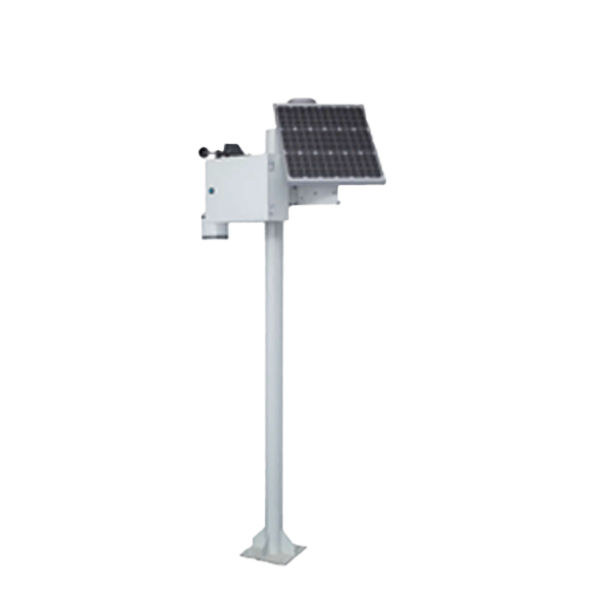
Environmental online monitoring system
-
CM-WG8200 grid air quality detection system
-
On-line monitoring system for CM-VOCs-5000 volatile organic compounds
显示更多 -
-
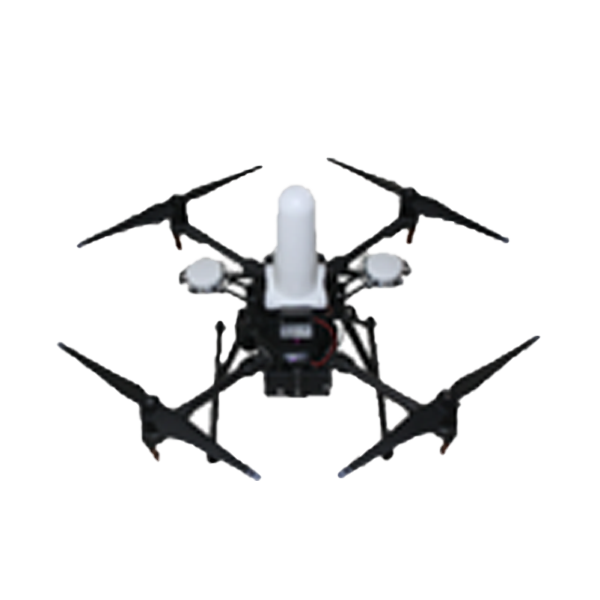
UAV Online Environmental Monitoring
-
OS-2 UAV Electromagnetic Environment Monitoring System
-
Nuclear emergency radioactive source search UAV
-
UAV Monitoring System
显示更多 -
-
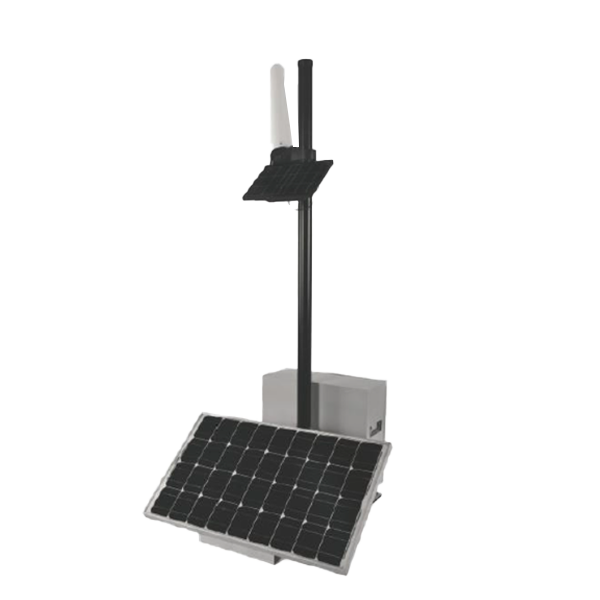
On-line Monitoring System of Electromagnetic Radiation
-
On-line Monitoring System of Electromagnetic Radiation
-
Automatic Monitoring System of HYEH460 Electromagnetic Radiation
-
HY-900A launch type radiation environment automatic monitoring station
-
OS-8 S Frequency Selective Electromagnetic Environment Online Monitoring System
显示更多 -
-
Knowledge of α and β surface contamination meters
2024-12-10
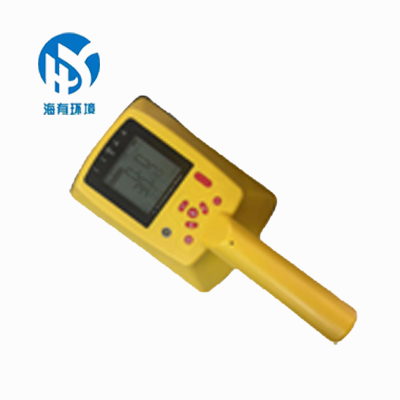
Knowledge of α and β surface contamination detectors
The α and β surface contamination detector is a precision instrument specifically designed to detect the presence of α and β particle contamination on the surfaces of objects. It can not only detect the existence of contamination but also quantitatively measure the degree of contamination, widely used in various environments that may be contaminated by radioactive materials. This article will provide a detailed introduction to the working principle, application fields, instrument characteristics, and correct usage steps of the α and β surface contamination detector.
I. Working Principle
The working principle of the α and β surface contamination detector is based on the physical phenomenon of the interaction between radioactive particles and matter. Its core components include a high-sensitivity detector, signal processing circuit, and data display and analysis system. The detector acts as the 'eye' of the instrument, capable of capturing the weak signals released when α or β particles collide. These signals, due to their low energy and ease of absorption by materials, require the detector to have extremely high sensitivity and resolution. Common types of detectors include scintillation detectors and semiconductor detectors, which can convert the energy of radioactive particles into electrical signals.
The signal processing circuit is responsible for amplifying, filtering, and shaping the weak electrical signals output by the detector for subsequent data analysis. This process requires precise electronic components and stable circuit design to ensure the accuracy and reliability of the signals. The data display and analysis system is the brain of the detector, receiving and processing the data from the signal processing circuit and converting it into human-readable information. This information is usually presented in the form of numbers, charts, or images, helping users intuitively understand the radioactive contamination status of the detected surface.
II. Application Fields
The application fields of the α and β surface contamination detector are very broad, including but not limited to nuclear facilities, radioactive laboratories, hospital radiotherapy departments, and radioactive waste disposal sites. In the maintenance work of nuclear reactors, staff use the α and β surface contamination detector to check for residual radioactive materials on equipment surfaces. In the medical field, it is used to detect surface contamination in areas where radiotherapy equipment or radioactive drugs are used, ensuring the safety of medical staff and patients. Additionally, it can be used for α and β surface contamination detection on floors, walls, tables, and the clothing and skin of personnel in fields such as the nuclear industry, nuclear power plants, environmental protection, public security, ports, customs, and health control.
III. Instrument Characteristics
The α and β surface contamination detector has various characteristics that make it an ideal tool for radioactive contamination detection. Firstly, it can simultaneously detect both α and β particles and automatically distinguish between the two. Secondly, the instrument uses high-sensitivity detectors, such as ZnS detectors, which have high detection efficiency. In addition, it features a counter blocking alarm prompt and protection function, ultra-low power consumption design, and a built-in large-capacity lithium battery. The instrument also provides multiple alarm methods, including sound, vibration, and light, and has data storage and export functions, facilitating long-term monitoring and analysis by users.
Previous Page:
Next page:

COOKIES
Our website uses cookies and similar technologies to personalize the advertising shown to you and to help you get the best experience on our website. For more information, see our Privacy & Cookie Policy
COOKIES
Our website uses cookies and similar technologies to personalize the advertising shown to you and to help you get the best experience on our website. For more information, see our Privacy & Cookie Policy
These cookies are necessary for basic functions such as payment. Standard cookies cannot be turned off and do not store any of your information.
These cookies collect information, such as how many people are using our site or which pages are popular, to help us improve the customer experience. Turning these cookies off will mean we can't collect information to improve your experience.
These cookies enable the website to provide enhanced functionality and personalization. They may be set by us or by third-party providers whose services we have added to our pages. If you do not allow these cookies, some or all of these services may not function properly.
These cookies help us understand what you are interested in so that we can show you relevant advertising on other websites. Turning these cookies off will mean we are unable to show you any personalized advertising.
online message
Telephone:13903018415(Manager Wang)
Business: 020-29026320
E-mail:wangxueli@haiyoukj.com
Address: Room 703, Tian 'an Innovation Building, Panyu Energy Saving Science Park, 555 Panyu Avenue North, Donghuan Street, Panyu District, Guangzhou

Sweep code attention



